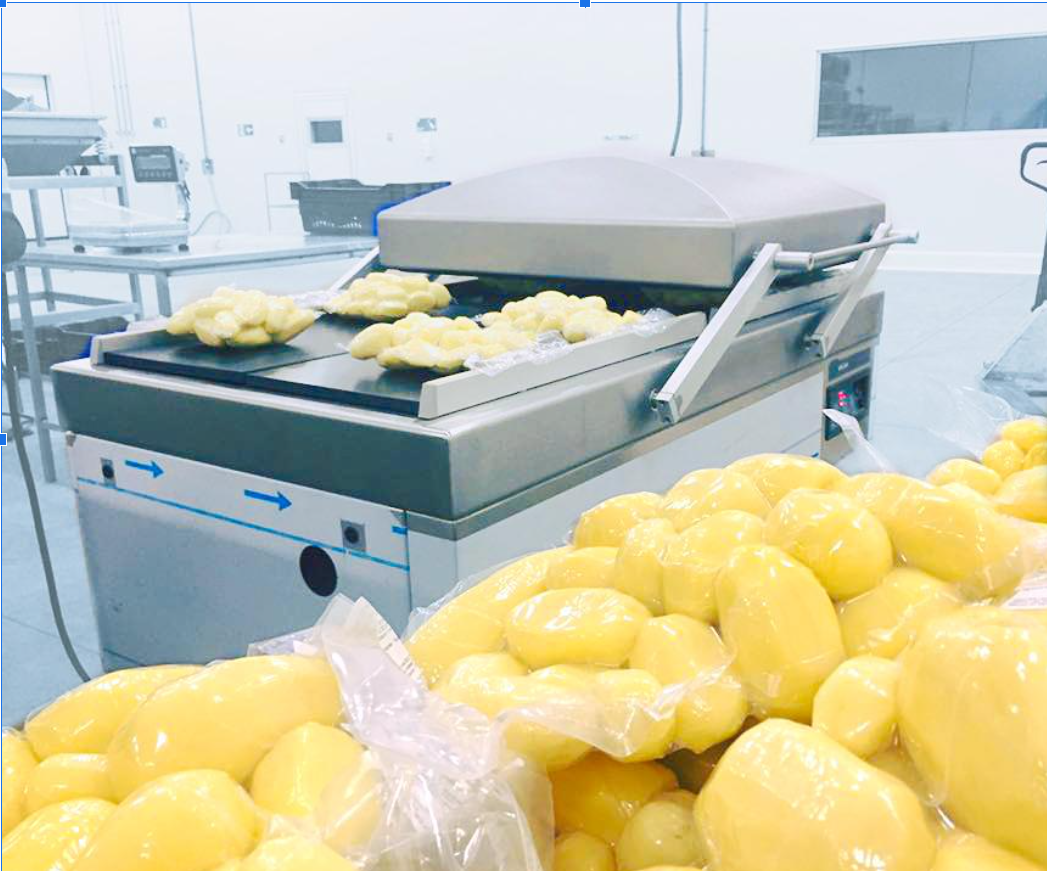An Extensive Guide to Commercial Vacuum Sealing Fish
The art of preserving fish has been a part of human history for centuries, from salting to smoking and canning. However, as technology advances, we find more efficient and safer ways to extend the shelf life of our catch. One such method that has gained popularity over the years is vacuum sealing. But, what is vacuum sealing? This comprehensive guide will discuss everything you need to know about commercial vacuum sealing fish.
Understanding Vacuum Sealing
Vacuum sealing is a method of packaging that removes air from the package prior to sealing. This technique involves placing items in a plastic film package, removing air from inside, and sealing the package. The intent is to extend the shelf
life of foods by creating an airless environment to inhibit the growth of bacteria, fungi, and other spoilage organisms.
Why Vacuum Seal Fish?
There are several reasons why vacuum sealing is an excellent method for preserving fish:
- Extends Shelf Life: Vacuum sealing can extend the shelf life of fish by up to two years if done correctly. The absence of air slows down the oxidation process, which leads to spoilage.
- Preserves Quality: Vacuum sealing not only keeps fish fresh but also maintains its texture and flavor.
- Prevents Freezer Burn: Freezer burn occurs when air comes into contact with the surface of frozen food, resulting in discoloration and a change in texture and flavor. Vacuum sealing removes air, hence preventing freezer burn.
- Saves Money: By extending the shelf life of fish, vacuum sealing reduces waste resulting from spoiled fish. This can translate into significant savings for commercial fisheries.
Commercial Vacuum Sealing Fish: The Process
Now that we have a basic understanding of vacuum sealing and its benefits, let's delve into the process of vacuum sealing fish in a commercial setting.
Preparing the Fish
The first step in vacuum sealing fish is the preparation. This includes cleaning the fish and cutting it into the desired portions. Depending on how you plan to serve the fish, you can either freeze the whole fish or cut it into portions.
Pre-Freezing
Most fish contain high levels of moisture, which can make vacuum sealing challenging. It's therefore recommended to pre-freeze the fish before sealing. Place the prepared fish on a baking tray, wrap it with plastic wrap, and pop it in the freezer for about one to two hours.
Vacuum Sealing
After pre-freezing, the fish is ready to be vacuum sealed. Weigh out serving size portions and place the individual portions in vacuum sealing bags. Ensure the area where the seal will be is completely dry to prevent failure of the seal.
Labeling
Once the fish is sealed, it's crucial to label each package. The label should include the type of fish, the date it was frozen, and any other relevant information.
Storing
Finally, the vacuum-sealed fish should be stored in the freezer until it's ready to be used. Properly vacuum-sealed fish can last in the freezer for up to two years.
Thawing Vacuum Sealed Fish
Thawing vacuum-sealed fish correctly is critical to maintain its quality. The best method is to thaw the fish slowly in the refrigerator. This allows the fish to reabsorb some of the excess moisture, resulting in a better texture and flavor once cooked. Quick thawing methods can cause the fish to lose moisture, leading to a drier, tougher texture.
Enhancing the Vacuum Sealing Process with Technology
Henkelman's commercial grade vacuum sealers are a game-changer for fish processors. These vacuum sealers come equipped with advanced features such as soft air, liquid control, and gas flush technology. Soft air ensures a smooth and gradual return of air into the chamber, preventing damage to the product and the packaging. Liquid control is perfect for vacuum sealing wet products like fish, as it prevents moisture from reaching the seal bar. Gas flush technology replaces the oxygen in the bag with an inert gas like nitrogen, further extending the shelf life of the fish.
Conclusion
Vacuum sealing is a valuable tool for commercial fisheries. It extends the shelf life of fish, preserves its quality, prevents freezer burn, and saves money by reducing waste. However, to get the most out of vacuum sealing, it's crucial to follow the correct process, from pre-freezing to storing. Further, investing in advanced vacuum sealing technology, like Henkelman's vacuum sealers, can enhance the process and offer additional benefits. So whether you're a commercial fishery looking to extend the shelf life of your catch, or a restaurant seeking to offer the freshest fish to your customers, vacuum sealing could be the solution you've been looking for.




